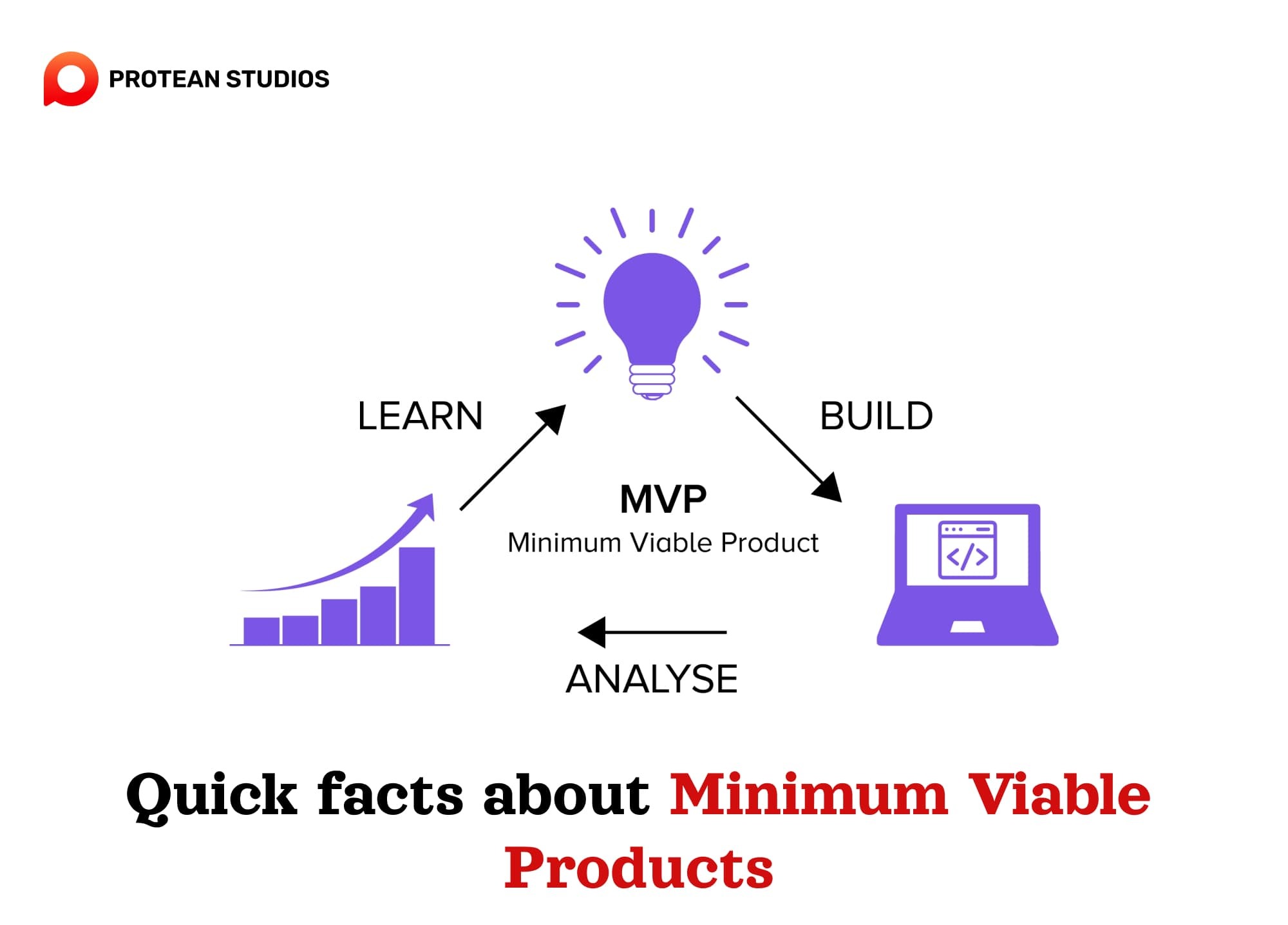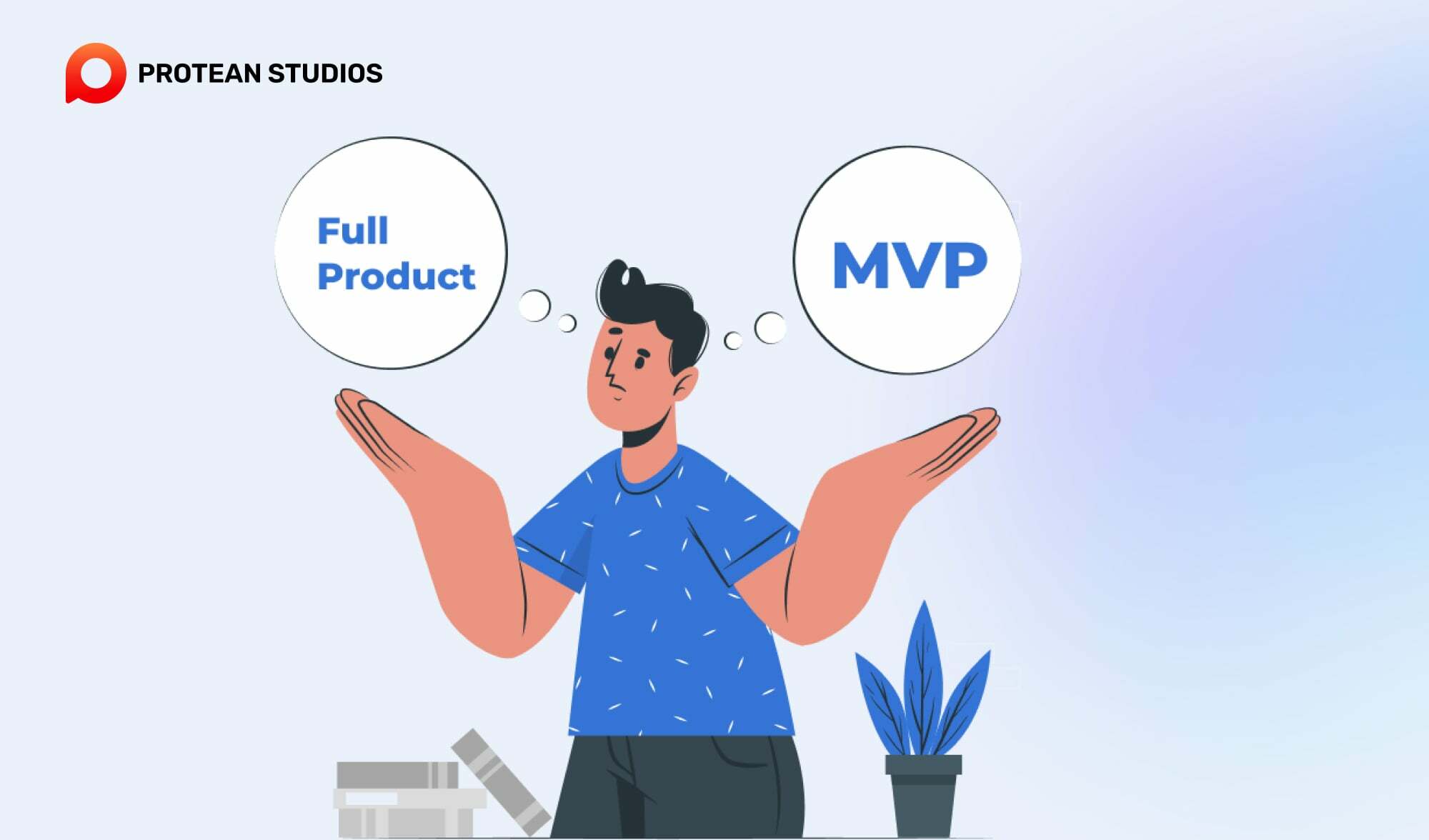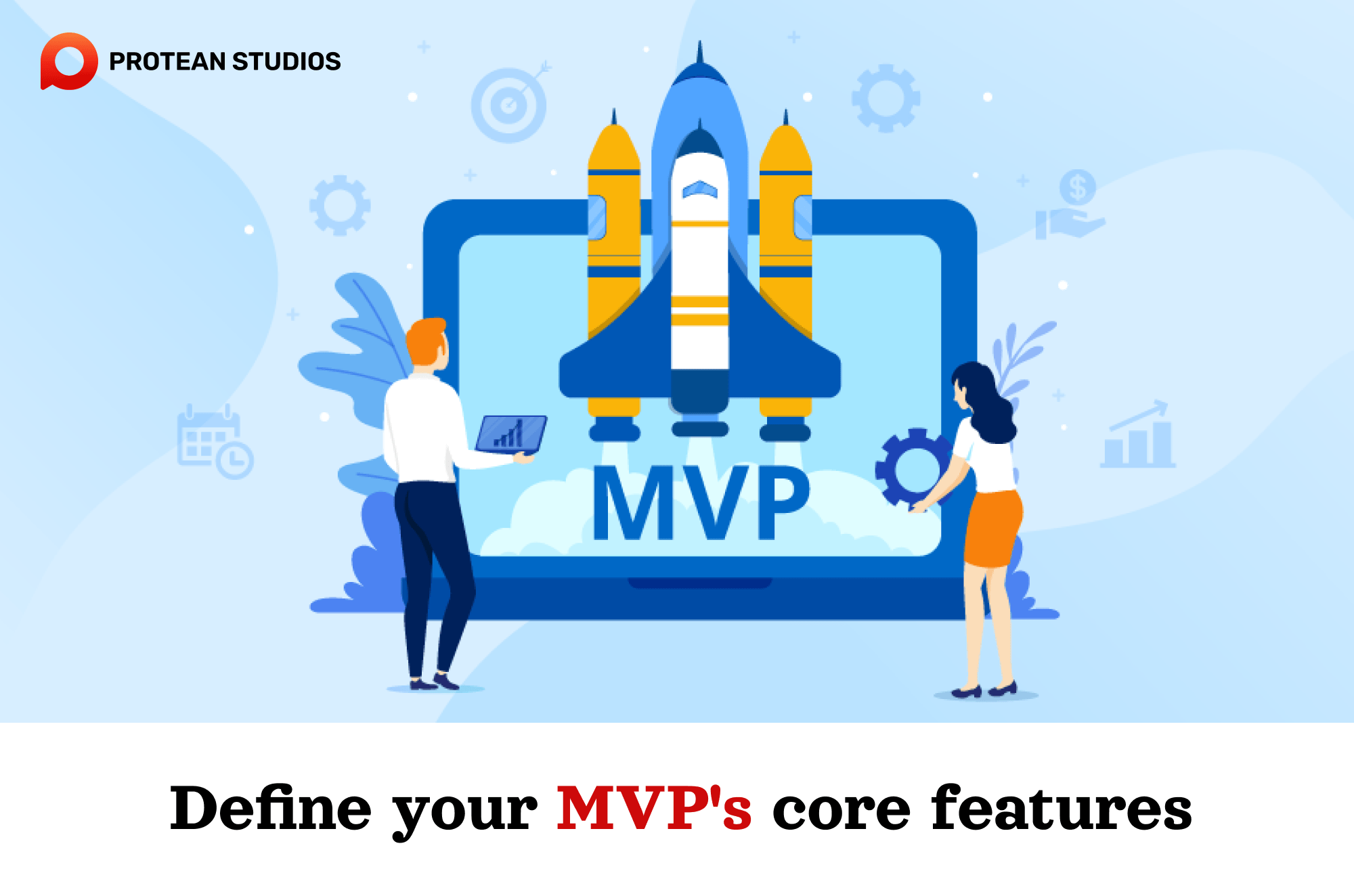Imagine you have a new idea for a software product. Before creating the full-blown version, you will start with the basics. This is what we call a minimum viable product, also known as an MVP. It's a smart strategy to test your idea, get feedback, and make improvements. This article will explore MVP, how it helps businesses, and the practical aspects of developing an MVP.
What is the overview of Minimum Viable Products (MVPs)?
To learn about MVP and its roles in software development, you can see the overview as follows:.
1. Quick facts about MVPs
MVP is an acronym for Minimum Viable Product, representing a product version equipped with sufficient features. The goal is to meet the needs of customers and gather feedback for later development.
Concept: Developed by Eric Ries and published in his book "The Lean Startup.".
Goal: Confirm a product idea with the least effort and collect the most user learning.
Focus: core functionalities that deliver the core value proposition.
Benefits: reduced risk, faster time to market, user-centric development, and continuous improvement.

2. What are MVPs in software development?
In software development, an MVP is the initial version of a software product that includes the essential features required to meet the core needs of users or customers.
The main goal of creating an MVP is to test your product idea with real users and get their feedback as soon as possible. This way, you can learn what works and what doesn't, what your customers want and need, and what you should improve or change in your product.
Learn more: Understanding Software Development
Distinction between MVP and Full Product
While both Minimum Viable Products (MVPs) and full products aim to offer value to users, they also differ in their scope, purpose, and development approach.

Feature | Minimum Viable Product (MVP) | Full Product |
Focus | Core functionalities | Comprehensive set of features |
Development | Rapid, with minimal features and resources | Extensive, with extra functionalities based on user feedback |
Purpose | confirm the concept and gather feedback. | Deliver a functional and refined product. |
Timeline and cost | Faster development, lower cost | Higher costs and longer development |
User Experience | Simpler, basic | Polished, comprehensive |
How to build a successful MVP in software development
Building a successful Minimum Viable Product (MVP) needs careful planning and execution. Here's a roadmap to guide you through the key steps:
1. Identify your target market
“Whom are you trying to reach with your software?”
Understanding your target audience's demographics, needs, and pain points is crucial for developing an MVP that resonates with them. You can also conduct thorough market research, including surveys, interviews, and competitor analysis, to gain deep insights into your target market.
2. Define your MVP's core features
“What is the essential problem your software solves?”
You need to identify the core functionalities that deliver the minimum value proposition to your target users. Focus on the features that are necessary for users to experience the core benefit of your software. These are the features that differentiate your product from existing solutions and confirm your product idea. You can use tools like user stories, user flows, or wireframes to map out your MVP's core features.

3. Select the important features
Not all features are important for your MVP. You need to focus on the features that are most relevant for your customers and most workable for your development team. You can use techniques like the MoSCoW method, the Kano model, or the RICE scoring system to rank your features and decide which ones to include in your MVP.
4. Build the MVP
Once you have selected the important features, you can start building a minimum viable product using an agile development approach. Build a functional prototype that you can test with real users as soon as possible. Then, developers can collect feedback from their users and measure the performance of their MVP using key metrics like user retention, engagement, or revenue.
Follow all phases, and remember that:
An MVP differs from a scaled-down version of the final product. It's a learning tool to confirm your concept and gather valuable user insights.
Maintain a flexible approach. Be prepared to adapt your MVP based on user feedback and market demands.
Focus on delivering value with the core functionalities, even if the initial feature set is limited.
Thus, by following these steps and embracing a user-centric approach, you can build a successful MVP that paves the way for a thriving software product.
Other Article: Guidelines For Beginners: How To Develop A New App?
Wrapping it up about MVP
In conclusion, the minimum viable product method is an effective development strategy that enables companies to introduce a new product. Then, check its market viability and accumulate valuable feedback for future enhancements. By prioritizing the four fundamental elements of MVP, companies can develop a good software product that not only addresses customer needs but also delivers much value.
---------------------------------------
If you're in the process of creating a new software product, opting for the MVP technique is a prudent way to confirm your concept in the market. For those seeking support in MVP software development, you can contact Protean Studios. We are IT engineers who help you build a good MVP and launch a new software product with the highest quality.
PROS is a reliable IT outsourcing company and understands the critical role of MVPs in bringing your software ideas to life. Our team of experienced developers can guide you through the MVP development process, helping you:
Define your target market and core user needs.
Focus on features that offer the highest value.
Develop a user-friendly and effective MVP.
Gather valuable user feedback to iterate and refine your product.
Embrace the power of MVPs with PROS. Contact us today to discuss your software vision and take the first step towards building a successful product.




